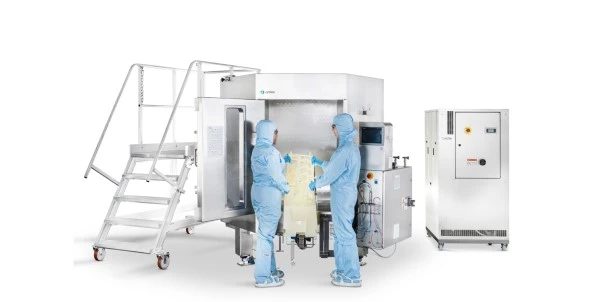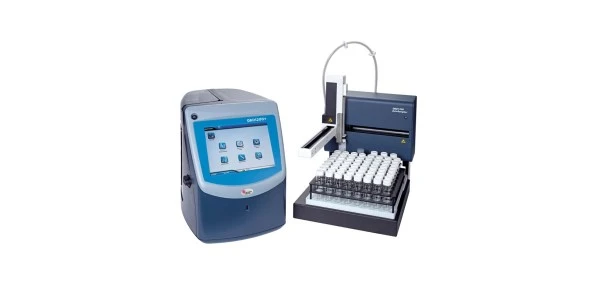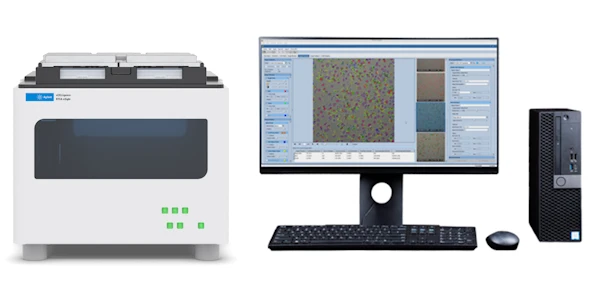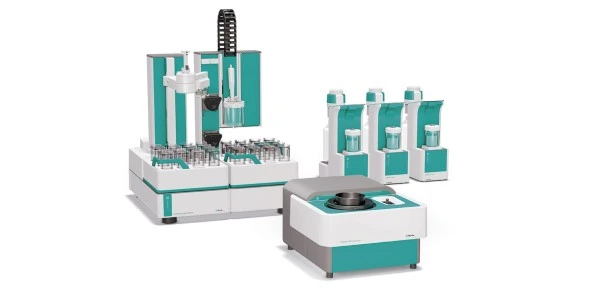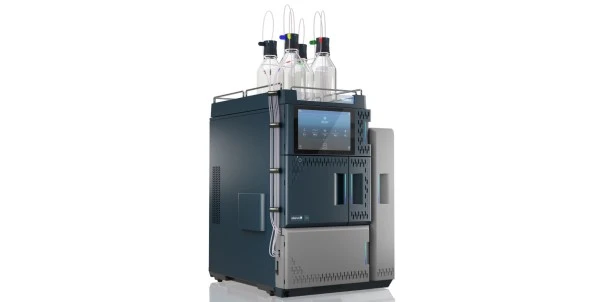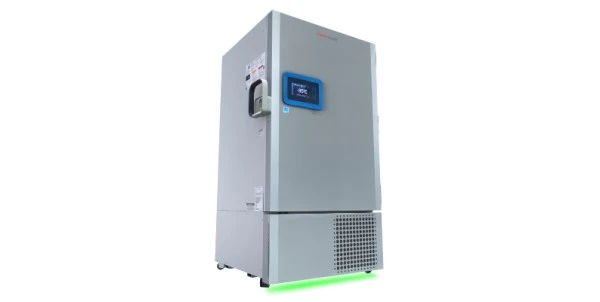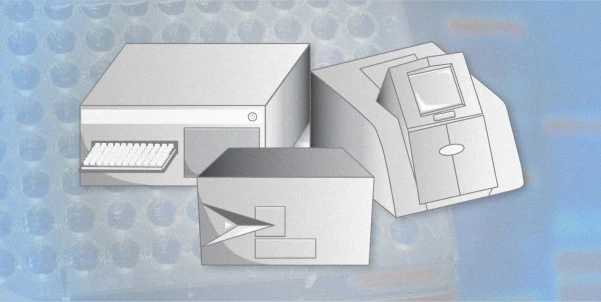
The Potential for Next Generation Sequencing in Diagnostics, Infectious Disease, and Precision Medicine
Long awaited applications may be well within reach for new NGS technologies
Advantages of NGS over first generation sequencing
There are many advantages of next generation sequencing (NGS) over traditional first-generation sequencing technologies. Early techniques based on the Sanger method permitted the analysis of only a single sequence per run. This required isolation of the cell clone or individual microbial CFU in order to allow definitive analysis. The often-tedious sequencing process involved manually “reading” sequencing gels, not only limiting in throughput, but introducing the possibility of ambiguous results.
The advent of NGS technologies brought the concept of parallel sequence analysis from multiple DNA populations to light. Thousands of sequencing reactions could now be performed simultaneously and read using labeled probes and automated instrumentation. Importantly, no longer was there a need for a single DNA source. DNA fragments from multiple sources could now be read in a single sequencing run. Although there remains the need for a certain baseline level of sample integrity, massively paralleled sequencing reactions support increased throughput and superior confidence in sequencing analysis.
Advantages of NGS over PCR
An advantage of NGS over more traditional techniques such as polymerase chain reaction (PCR) is the agnostic nature of sequence determination. PCR, a technology platform that transformed molecular biology, can amplify and sequence DNA from miniscule amounts of starting sample. The ability to tune or increase specificity by the use of different primer sets, annealing conditions, and other parameters, makes the technology applicable to a wide variety of fields, from forensics to clinical diagnostics. There is one basic limitation to PCR, however, and it involves the concept of “knowing where to look”.
PCR hinges on the use of primers that identify and specifically bind to known sequence elements on the sample DNA. This has made the technique ideal for the detection of genetic signatures of individual cells or cell types. This feature has also made PCR well-suited for detection of low abundance biomarkers in disease tissue, circulating free DNA (cfDNA), and other diagnostic applications.
NGS, on the other hand, does not have the restriction of predefined target searching. The amplification of sample DNA is performed by the use of multiple random primers and the incorporation of nucleotides (labelled or otherwise), in concert with automated NGS instrumentation. Most NGS methods are agnostic, not only in the way DNA is amplified, but in the mechanism by which the DNA is measured and the sequence ultimately determined.
NGS methods and instruments
Perhaps the best known NGS sequencing platform involves the use of fluorescently-labeled nucleotide probes incorporated into amplified DNA during the sequencing reaction. Illumina pioneered this technology, as applied to NGS. Life Technologies, now part of Thermo Fisher Scientific, helped commercialize the Ion Torrent™ technology, an alternative method based on the measurement of minute pH changes resulting from H+ release from nucleotide incorporation during the sequencing reaction. The unique signals given off during incorporation of each nucleotide type makes both of these techniques accurate, rapid, and efficient. Another more recent addition to the mix is the Nanopore technology, a technique that has the capacity to read hundreds of thousands of bases in a DNA sample, without the need for DNA synthesis. The platform brings another layer of efficiency by negating the need for exogenous reagents and probes.
All of these technology platforms are based on microfluidics, which has led to increased efficiencies in instrumentation size and space requirements, as well as resource and sample usage.
The practical applications of NGS
Diagnostics – Genetic technologies based on PCR have become a fixture in diagnostic settings. The fact that genetic targets, DNA primers and reagents, and standard operating procedures can be defined with a high-level of certainty and rigor — to CLIA specifications — has made PCR-based diagnostics successful beyond research and within the realm of clinical diagnostics.
NGS technologies have now evolved to satisfy the performance guidelines of clinical labs. Whole genome sequencing, exon sequencing, SNP sequencing, and RNASeq are becoming more than exploratory methods, and clinical diagnostic platforms have already been established for use of these methods in prenatal screening and disease surveillance. In fact, state-of-the-art NGS technology is behind the recent commercialization of the Galleri™ cancer screening panel, a platform which can perform early detection of up to 50 cancer types from DNA methylation patterns in cfDNA samples taken from patient blood. The screening test, once clinically validated, may soon become a standard in clinical diagnostic labs.
Infectious Disease – The past year has served as a stark reminder of the importance of surveillance and detection of infectious disease. Clinical microbiology labs are turning to NGS technologies for a wide range of applications. Screening for pathogens in hospitals and public health facilities, along with epidemiological studies of communities, are major applications. Monitoring the spread of bacterial resistance is another important undertaking. Identifying rapidly emerging viral pathogens such as SARS-CoV-2, and the associated disease pathologies, are yet other critical applications. All of these applications stand to benefit from the precision and efficiency of evolving NGS technologies.
Precision Medicine – Long-touted as the new age of medicine, NGS promises to bring precision diagnostics closer to reality in identifying genetic markers at the individual level. Such capabilities may ultimately serve to establish genetic baselines for individuals, with information about disease potential, metabolic function, and susceptibility to therapeutics. NGS-based screening, over time, may enable preventative measures to be taken before medical issues arise or are detected — saving resources and lives.
Summary
As NGS technologies increase in performance and efficiency, the clinical diagnostics world stands to benefit signifficantly from these state-of-the-art solutions. Further penetration into the clinical world may ultimately help speed the paradigm shift from treatment-based to preventive-based precision medicine.
